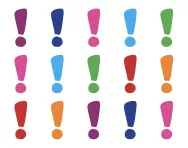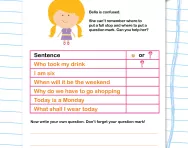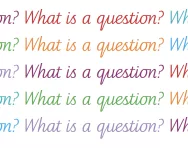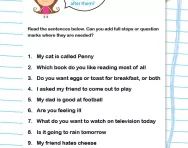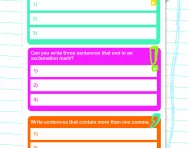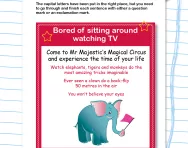Important update from TheSchoolRun
For the past 13 years, TheSchoolRun has been run by a small team of mums working from home, dedicated to providing quality educational resources to primary school parents. Unfortunately, rising supplier costs and falling revenue have made it impossible for us to continue operating, and we’ve had to make the difficult decision to close. The good news: We’ve arranged for another educational provider to take over many of our resources. These will be hosted on a new portal, where the content will be updated and expanded to support your child’s learning.
What this means for subscribers:
- Your subscription is still active, and for now, you can keep using the website as normal — just log in with your usual details to access all our articles and resources*.
- In a few months, all resources will move to the new portal. You’ll continue to have access there until your subscription ends. We’ll send you full details nearer the time.
- As a thank you for your support, we’ll also be sending you 16 primary school eBooks (worth £108.84) to download and keep.
A few changes to be aware of:
- The Learning Journey weekly email has ended, but your child’s plan will still be updated on your dashboard each Monday. Just log in to see the recommended worksheets.
- The 11+ weekly emails have now ended. We sent you all the remaining emails in the series at the end of March — please check your inbox (and spam folder) if you haven’t seen them. You can also follow the full programme here: 11+ Learning Journey.
If you have any questions, please contact us at [email protected]. Thank you for being part of our journey it’s been a privilege to support your family’s learning.
*If you need to reset your password, it will still work as usual. Please check your spam folder if the reset email doesn’t appear in your inbox.
What is a question mark?
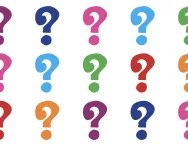
What is a question mark?
A question mark is a punctuation mark, or a symbol, that shows that a question has ended.
Question marks can also be known as interrogation points as they end sentences where an answer or response is expected.
Question marks usually end question sentences. A question sentence is one that often starts with one of the following words: who, what, when, where, why or how, but question marks can also be used with sentences that start with other words.
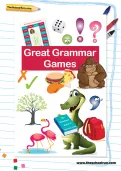
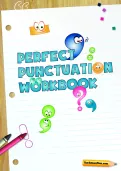
Download Fantastic FREE Grammar Resources!
- Perfect Punctuation Workbook
- Grammar Games Pack
- PLUS 100s of other grammar resources
Question marks can be added to sentences to represent a questioning tone that would be used when spoken aloud.

It is not grammatically correct to use question marks for indirect questions, for example:

How are question marks taught in the primary classroom?
In Year 1, children will ask and be asked questions on various topics and discuss why they do so (to find out an answer to something). As part of their speaking and listening development, most teachers will discuss how we ask a question verbally with an inflection (change of tone of voice) at the end. To show this change of voice and that we would like to find out something, we use a question mark.
Children will identify question sentences from worksheets, punctuate various sentences types with the appropriate punctuation, and then begin to write their own sentences as they progress throughout their time at school.
It is crucial to remember that asking questions isn’t solely a written exercise at school – being able to ask questions orally to further knowledge also forms part a child’s development in speaking and listening.
When are question marks taught in primary school?
Question marks are first taught in Key Stage 1, specifically Year 1, when a child is taught the difference between "yelling, telling and asking" sentences. Children will begin to write question sentences ending with a question mark during Year 1.
By the end of Year 2, children will be expected to be able to identify question sentences and punctuate them with question marks in their Key Stage 1 SATs. For example:
To leave Year 2 working at the expected standard for a child of their age in writing, children would be expected to demonstrate they can punctuate question sentences accurately and consistently when appropriate.
In Year 3, children will be taught how to use question marks within direct speech.
By the end of Year 6, children will be expected to be able to identify question sentences and punctuate them in Key Stage 2 SATs. For example:

By the end of Year 6, for children to reach the expected standard in writing, they will be expected to use question marks consistently and accurately in their writing.


